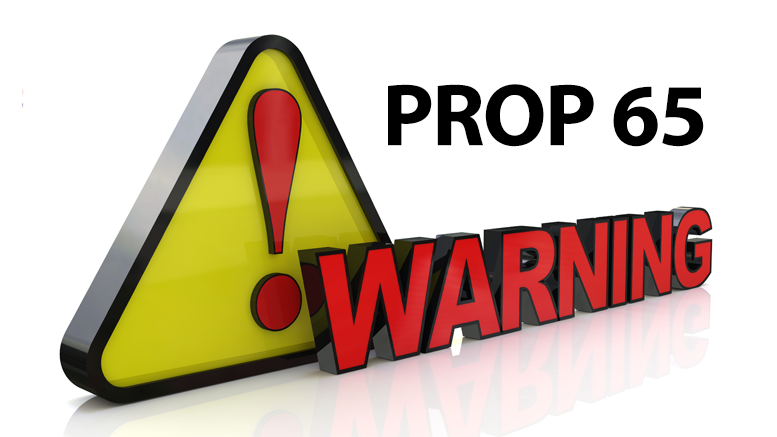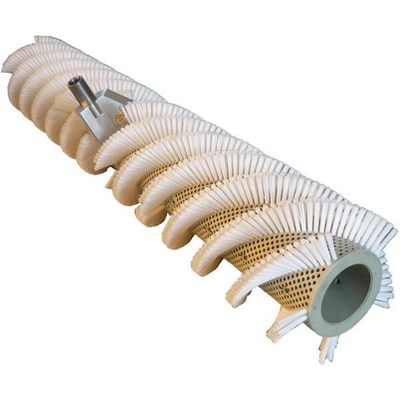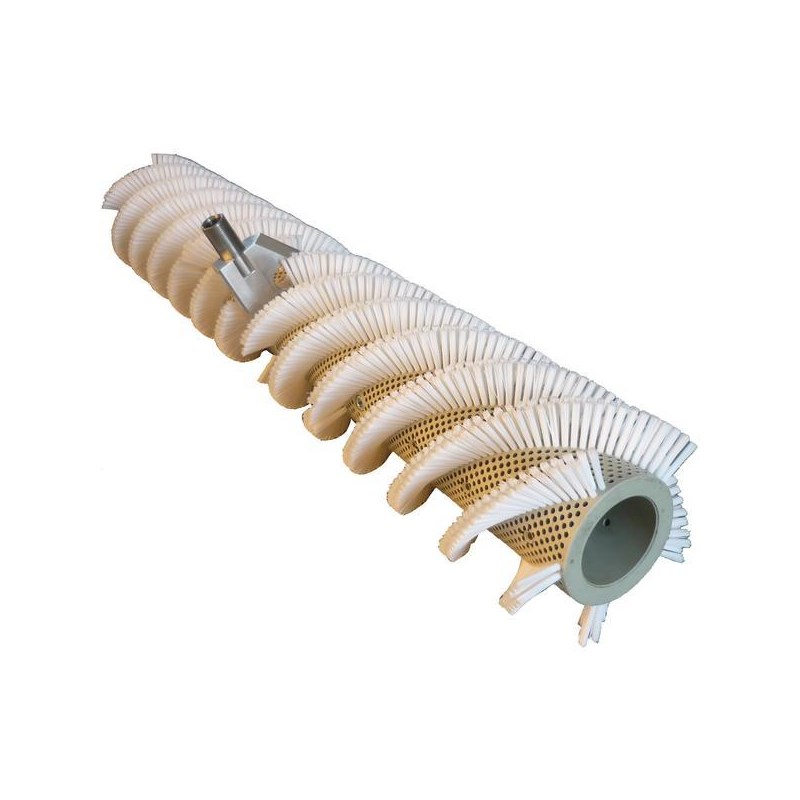Usage Manual
For Pressure washing sizing the brush is the same usage as a #7 tip in a Pressure washer
Pressure Washer Ratings could be:
1500pst at 4.0 to 5.0 gpm
2000psi at 3.5 to 4.0 gpm
2500psi at 3.0 to 4.0 gpm
3500psi at 2.5 to 3.25gpm
4000psi at 2.5 to 3.0 gpm
32inch Rotating Brush Water Powered for Solar Panels

Instructions for Use:
- Connect the brush to the telescopic lance.
- Position the unit on the surface to be cleaned.
- Open the water valve on the telescopic lance.
- Begin cleaning the surface.
Stopping the Brush - Turning off the cleaning
- Close the telescopic lance’s valve.
- Turn off the water supply
- Open the telescopic lance’s valve to discharge the residual pressure.
Specifications:
Width: 24in (600mm)
Diameter: 5.9 in. (150mm)
Weight: 8.47 lbs (4.0Kg)
Bristle: 0.6 in.(15mm)
Attachment: M22 x 1.5mm Connector
CLEANING COATED OR PAINTED SURFACES
Using water on glued parts may cause them to become detached. Do not use the unit on wood floors or parquet that are not well-sealed.
Be careful when cleaning doors, parquet, painted surfaces or surfaces coated with synthetic products, and aluminum panels.
Before using the brush, we advise performing a test on a portion of the surface that is not in view, to prevent damage or alterations during cleaning.
PRODUCTS TREATED – HANDLED OR GENERATED
The Solar Panels treated with the brush should be comprised of modules with a maximum tilt of 35°.
Verify in the photovoltaic system’s operating manual the type of brushes that can be used for cleaning it, so as not to cause abrasions on the panels’ film.
It is important to avoid all operating situations that could cause repeated and unexpected stops of the brush’s rotation, such as those specified below:
In the case of surfaces comprised of panels, the maximum distance between them must be 3 cm to prevent the unit from dropping into the empty space between one panel and the next.
The surfaces must be as free as possible of protruding bodies such as long screws, brackets, and terminals, which could obstruct brush rotation or rip out its bristles.
The unit is not designed to withstand heavy accidental impacts, such as those caused by being dropped, or those that are less intense but repetitive, such as those resulting from operating in stepped areas.
It is also very important that the operating pressure not exceed the maximum value indicated in the “Technical Specifications” in order to prevent excessively high rotation speeds from causing premature wear of the unit’s mechanical parts.
When not in operation, never allow the unit’s weight to rest on the rollers’ bristles so as not to bend them.

Proposition 65 requires businesses to provide warnings to Californians about significant exposures to chemicals that cause cancer, birth defects or other reproductive harm. These chemicals can be in the products that Californians purchase, in their homes or workplaces, or that are released into the environment. By requiring that this information be provided, Proposition 65 enables Californians to make informed decisions about their exposures to these chemicals. Proposition 65 also prohibits California businesses from knowingly discharging significant amounts of listed chemicals into sources of drinking water. Proposition 65 requires California to publish a list of chemicals known to cause cancer, birth defects or other reproductive harm. This list, which must be updated at least once a year, has grown to include approximately 900 chemicals since it was first published in 1987. Proposition 65 became law in November 1986, when California voters approved it by a 63-37 percent margin. The official name of Proposition 65 is the Safe Drinking Water and Toxic Enforcement Act of 1986.
The list of chemicals contains a wide range of naturally occurring and synthetic chemicals that include additives or ingredients in pesticides, common household products, food, drugs, dyes, or solvents. Listed chemicals may also be used in manufacturing and construction, or they may be byproducts of chemical processes, such as motor vehicle exhaust. For more information visit www.p65warnings.ca.gov/






